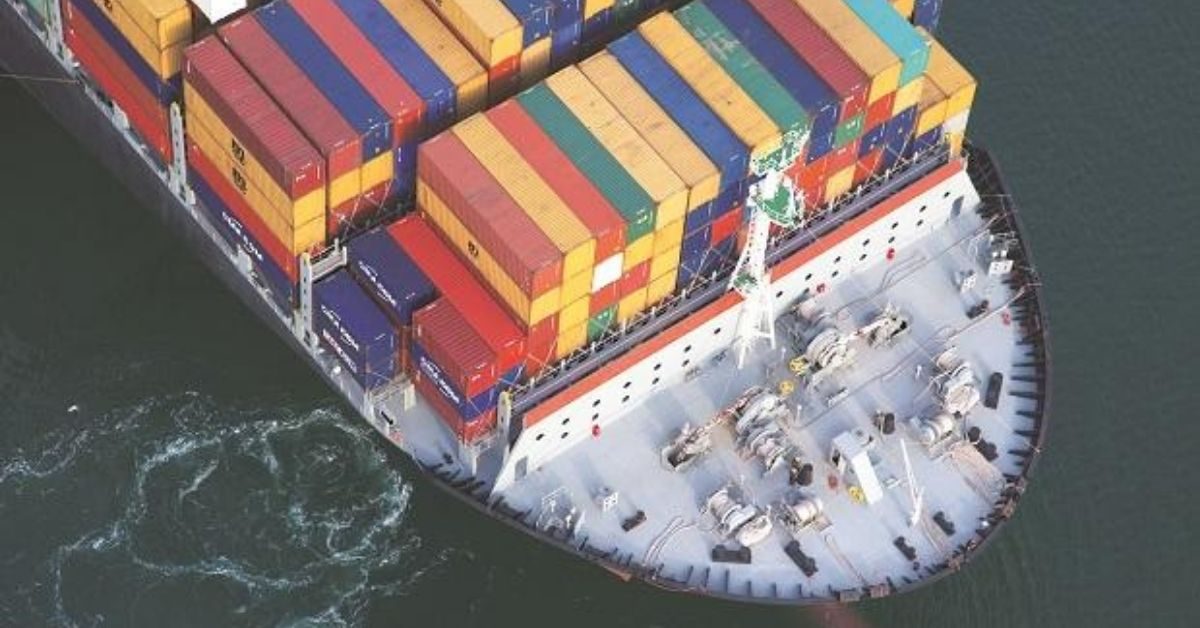The global shipping industry has been grappling with a prolonged period of low freight demand throughout this year, and unfortunately, these challenging economic conditions are expected to persist into 2024, according to a recent CNBC Supply Chain Survey. This pessimistic outlook is primarily attributed to high levels of inventory and a reduction in consumer spending.
The results from the survey stated that the results point to a freight market with minimal to no growth during the first half of 2024. This forecast suggests that pricing will remain stable or even decline due to a surplus of shipping capacity. There is some hope for an uptick in volumes during the second half of 2024.
In the context of trucking, which operates on a per-load payment system, the subdued expectations for orders imply potentially lower revenue during the upcoming holiday season. Logistics executives are divided in their predictions for LTL (less-than-truckload) freight rates for the first quarter, with half expecting a 5% increase and the other half anticipating rates to remain unchanged or decrease by as much as 15%. For full truckloads, the majority foresee unchanged or decreasing prices, while 33% expect marginal price increases of around 5%.
Noah Hoffman, Vice President for C.H. Robinson North American Surface Transportation, anticipates a sluggish retail peak season for trucking. The freight recession has been particularly challenging for the industry, leading to the closure of companies such as Convoy, a trucking startup backed by Jeff Bezos. Rising fuel costs and falling freight rates have resulted in the closure or shifting of services for numerous trucking companies.
Tim Robertson, CEO of DHL Global Forwarding Americas, notes that the survey results underscore the prevailing climate of uncertainty in the market. Mixed expectations for rates and volumes, as well as varying trends in orders for product categories, indicate that companies are making different bets with their inventory strategies.
The survey also reveals a muted outlook for orders related to Lunar New Year, with the majority of respondents (67%) not expecting an increase in orders. This is due to China’s traditional practice of shutting down most manufacturing operations during the Lunar New Year. Shippers are placing orders in advance to avoid potential delays. The products typically ordered during this period are spring and summer items.
The survey does offer a glimmer of hope for the second half of 2024, with expectations of a slight increase in freight volume. Half of the respondents anticipate a 5% increase, 33% foresee a 10% increase, and 17% are the most optimistic, predicting a 15% increase.
Brian Bourke, Global Chief Commercial Officer at SEKO Logistics, acknowledges the uncertainty surrounding consumer demand, interest rates, and the global economy. He suggests that the first half of the next year may not be promising, but a rebound in the second half is possible.
In addition to the volume of freight transported, revenue for logistics companies is influenced by the rates they can charge. Most respondents expect ocean freight prices in the first and second quarters to remain unchanged or decrease after experiencing a significant decline in 2023. Air freight rates are also expected to remain unchanged or decrease by 10% to 20%. As a result of the slowing cargo demand, FedEx has encouraged its pilots to seek additional work with American Airlines. The combination of low freight prices and reduced cargo volumes has led to significant challenges in the industry. Maersk, a global shipping leader, recently announced 10,000 layoffs, citing subdued demand, pricing returning to historical levels, and inflationary pressure on their cost base. The overcapacity in most regions has driven down prices, and many providers are expected to exit the market or implement significant layoffs, although the situation is not as severe as the 2008-2009 financial crisis.







